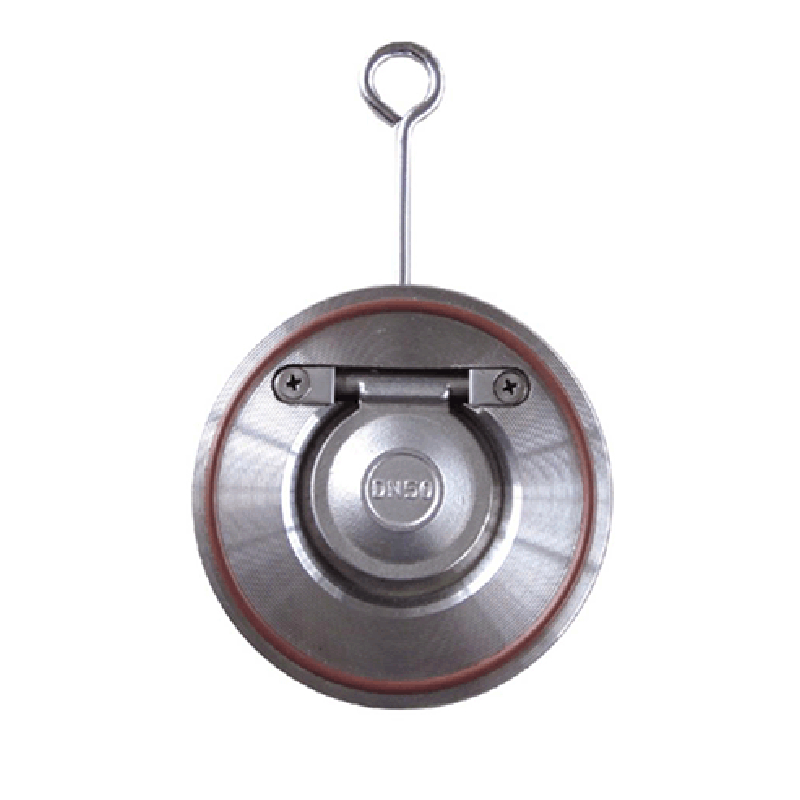gru . 15, 2024 15:25 Back to list
Galvanized Steel Rubber Expansion Joint for Enhanced Flexibility and Durability in Pipelines
Understanding Galvanized Rubber Expansion Joints An Essential Component in Modern Engineering
Expansion joints play a vital role in various piping and ducting systems, allowing for the safe absorption of thermal expansion, structural movement, and vibration. Among the numerous types of expansion joints, galvanized rubber expansion joints stand out as a popular choice due to their unique combination of flexibility, durability, and resistance to external elements. This article will explore the features, advantages, applications, and maintenance of galvanized rubber expansion joints, highlighting their importance in modern engineering.
What are Galvanized Rubber Expansion Joints?
Galvanized rubber expansion joints consist of a layer of rubber that is reinforced with various materials and matched with a galvanized steel outer layer. This combination provides the joint with remarkable flexibility while ensuring it can withstand external stresses such as pressure, temperature changes, and environmental factors. Typically, the rubber used in these joints is designed to resist corrosion and chemical degradation, making them suitable for a wide range of applications.
Key Features
1. Corrosion Resistance The galvanized coating on the steel prevents rust and extends the lifespan of the joint, making it suitable for outdoor applications or environments with high moisture levels.
2. Flexibility The rubber component allows for significant movement, accommodating thermal expansion and contraction of pipes. This flexibility helps reduce stress on the piping system, thereby minimizing the risk of damage.
3. Vibration Isolation Galvanized rubber expansion joints can absorb vibrations generated by pumps, compressors, and other machinery, protecting other components of the system from excessive wear and tear.
4. Chemical Compatibility Many types of rubber used in these expansion joints are resistant to chemicals, oils, and other substances, ensuring that the joints maintain their integrity in various industrial settings.
Advantages of Galvanized Rubber Expansion Joints
1. Cost-Effective Solution Compared to metal expansion joints, galvanized rubber joints are often more affordable without compromising on performance or durability, making them a preferred choice for budget-conscious projects.
2. Easy Installation The lightweight nature of rubber keeps installation straightforward, often requiring only standard tools. They can easily be integrated into existing piping systems.
3. Minimal Maintenance Once installed, galvanized rubber expansion joints require minimal maintenance. Regular inspection is usually sufficient to ensure they are functioning correctly.
4. Noise Reduction By dampening vibrations, these joints also contribute to noise reduction in piping systems, leading to a quieter operating environment.
galvanized rubber expansion joint

Applications
Galvanized rubber expansion joints are widely used in various industries due to their versatility. Some common applications include
- HVAC Systems In heating, ventilation, and air conditioning systems, these joints accommodate the thermal expansion of ductwork and piping while minimizing vibration transmission.
- Chemical Processing Their chemical resistance makes them suitable for handling corrosive substances in chemical plants and laboratories.
- Water Treatment Facilities Used in the transport of water, these joints effectively mitigate the stresses caused by temperature variations and pressure changes.
- Power Generation In power plants, galvanized rubber expansion joints are utilized in steam and water piping to absorb thermal expansion and reduce the risk of system failure.
Maintenance Tips
To ensure the longevity and efficiency of galvanized rubber expansion joints, regular maintenance is key. Here are some tips
- Visual Inspections Regularly check for signs of wear or deterioration, especially at points where the joint connects to pipes.
- Check for Leaks Ensure that there are no leaks around the joint, which could indicate failure or wear.
- Temperature Monitoring Keep an eye on the operational temperature. Excessive heat can compromise the rubber material.
- Follow Manufacturer Guidelines Always refer to the manufacturer’s recommendations for installation practices, operational limits, and maintenance schedules.
Conclusion
Galvanized rubber expansion joints play a crucial role in ensuring the stability and efficiency of various piping systems. Their unique combination of flexibility, durability, and corrosion resistance makes them an indispensable component in numerous industrial applications. By adhering to proper maintenance practices, users can maximize the performance and lifespan of these vital components, ultimately contributing to the smooth operation of complex engineering systems.
Share
-
Reliable Wafer Type Butterfly Valves for Every IndustryNewsJul.25,2025
-
Reliable Flow Control Begins with the Right Ball Check ValveNewsJul.25,2025
-
Precision Flow Control Starts with Quality ValvesNewsJul.25,2025
-
Industrial Flow Control ReliabilityNewsJul.25,2025
-
Engineered for Efficiency Gate Valves That Power Industrial PerformanceNewsJul.25,2025
-
Empowering Infrastructure Through Quality ManufacturingNewsJul.25,2025